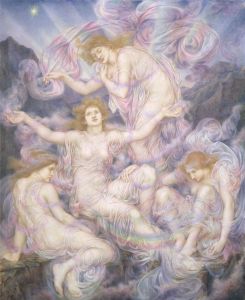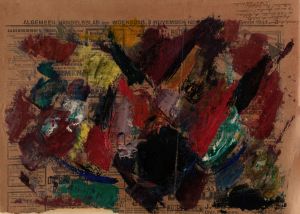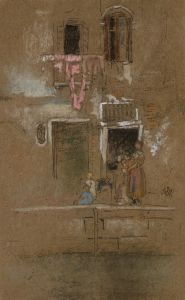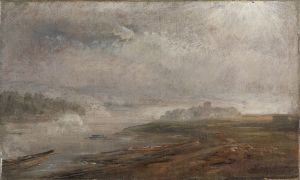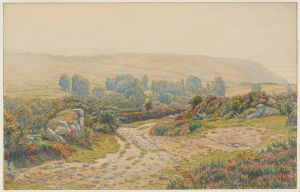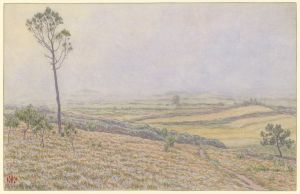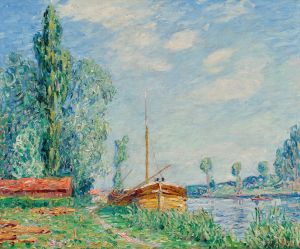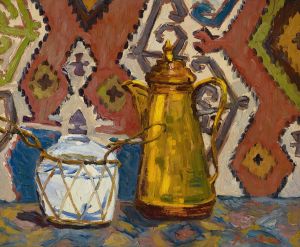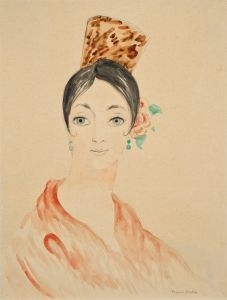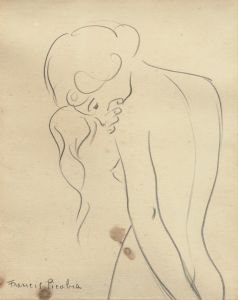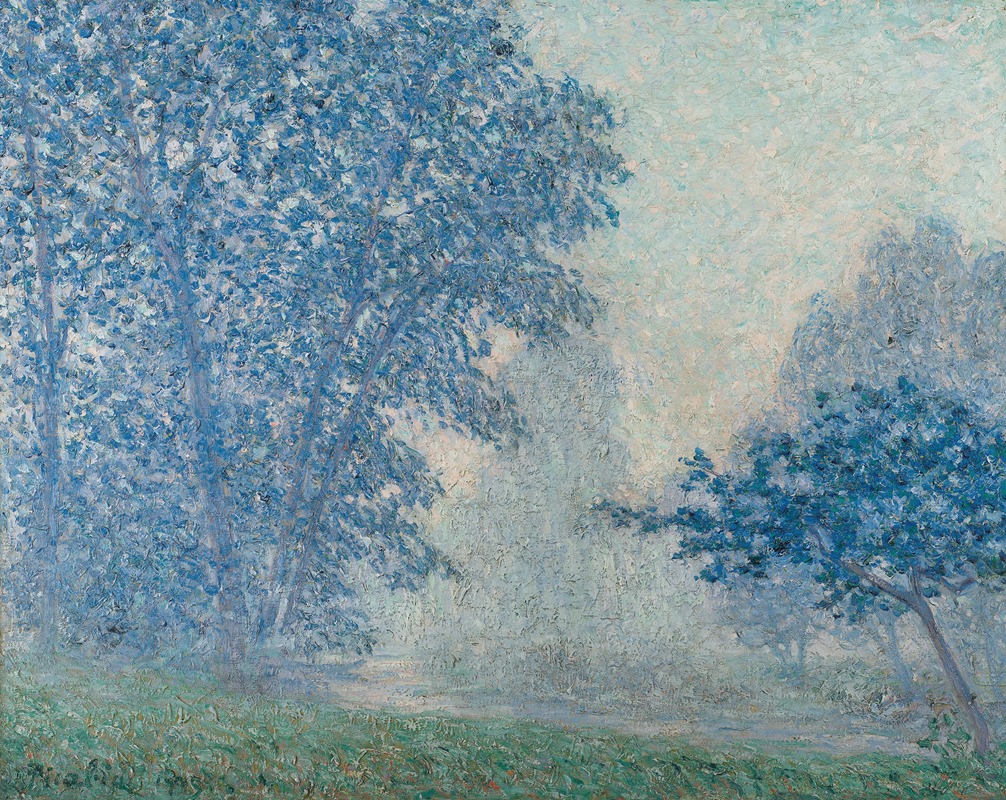
Lever du soleil dans la brume, Montigny
A hand-painted replica of Francis Picabia’s masterpiece Lever du soleil dans la brume, Montigny, meticulously crafted by professional artists to capture the true essence of the original. Each piece is created with museum-quality canvas and rare mineral pigments, carefully painted by experienced artists with delicate brushstrokes and rich, layered colors to perfectly recreate the texture of the original artwork. Unlike machine-printed reproductions, this hand-painted version brings the painting to life, infused with the artist’s emotions and skill in every stroke. Whether for personal collection or home decoration, it instantly elevates the artistic atmosphere of any space.
Francis Picabia was a French avant-garde painter, poet, and typographist, associated with both the Dada and Surrealist movements. He was known for his diverse and eclectic style, which evolved significantly throughout his career. One of his works, "Lever du soleil dans la brume, Montigny," reflects his early artistic endeavors before his more radical shifts in style.
"Lever du soleil dans la brume, Montigny" translates to "Sunrise in the Mist, Montigny." This painting is an example of Picabia's early work, which was heavily influenced by Impressionism. During this period, Picabia was inspired by the works of Claude Monet and other Impressionist painters, who focused on capturing the effects of light and atmosphere in their paintings. The Impressionist influence is evident in Picabia's use of color and his focus on the transient effects of light and weather conditions.
The painting depicts a serene landscape scene, likely inspired by the village of Montigny, which is situated in the Île-de-France region. This area was a popular subject for many artists due to its picturesque scenery and the quality of light that could be observed there. In "Lever du soleil dans la brume, Montigny," Picabia captures the delicate interplay of light and mist, creating a sense of tranquility and ethereal beauty. The use of soft, muted colors and loose brushwork is characteristic of the Impressionist style, emphasizing the atmospheric conditions rather than precise details.
Picabia's early works, including "Lever du soleil dans la brume, Montigny," demonstrate his technical skill and his ability to convey mood and atmosphere. However, as his career progressed, Picabia moved away from Impressionism and began to explore other artistic movements. He became a key figure in the Dada movement, which emerged as a reaction to the horrors of World War I and sought to challenge traditional artistic conventions. Picabia's Dada works were often provocative and irreverent, incorporating elements of chance and absurdity.
Later, Picabia became associated with Surrealism, a movement that sought to explore the unconscious mind and the world of dreams. His work during this period was characterized by a more abstract and symbolic approach, often incorporating unexpected juxtapositions and dreamlike imagery. Despite these shifts in style, Picabia's early Impressionist works, such as "Lever du soleil dans la brume, Montigny," remain an important part of his artistic legacy, showcasing his versatility and his ability to engage with different artistic movements.
Throughout his career, Picabia was known for his willingness to experiment and his refusal to be confined to a single style or movement. This openness to change and innovation is reflected in the diversity of his body of work, which continues to be celebrated for its creativity and originality. "Lever du soleil dans la brume, Montigny" stands as a testament to Picabia's early exploration of light and atmosphere, offering a glimpse into the formative years of an artist who would go on to become a pivotal figure in 20th-century art.





